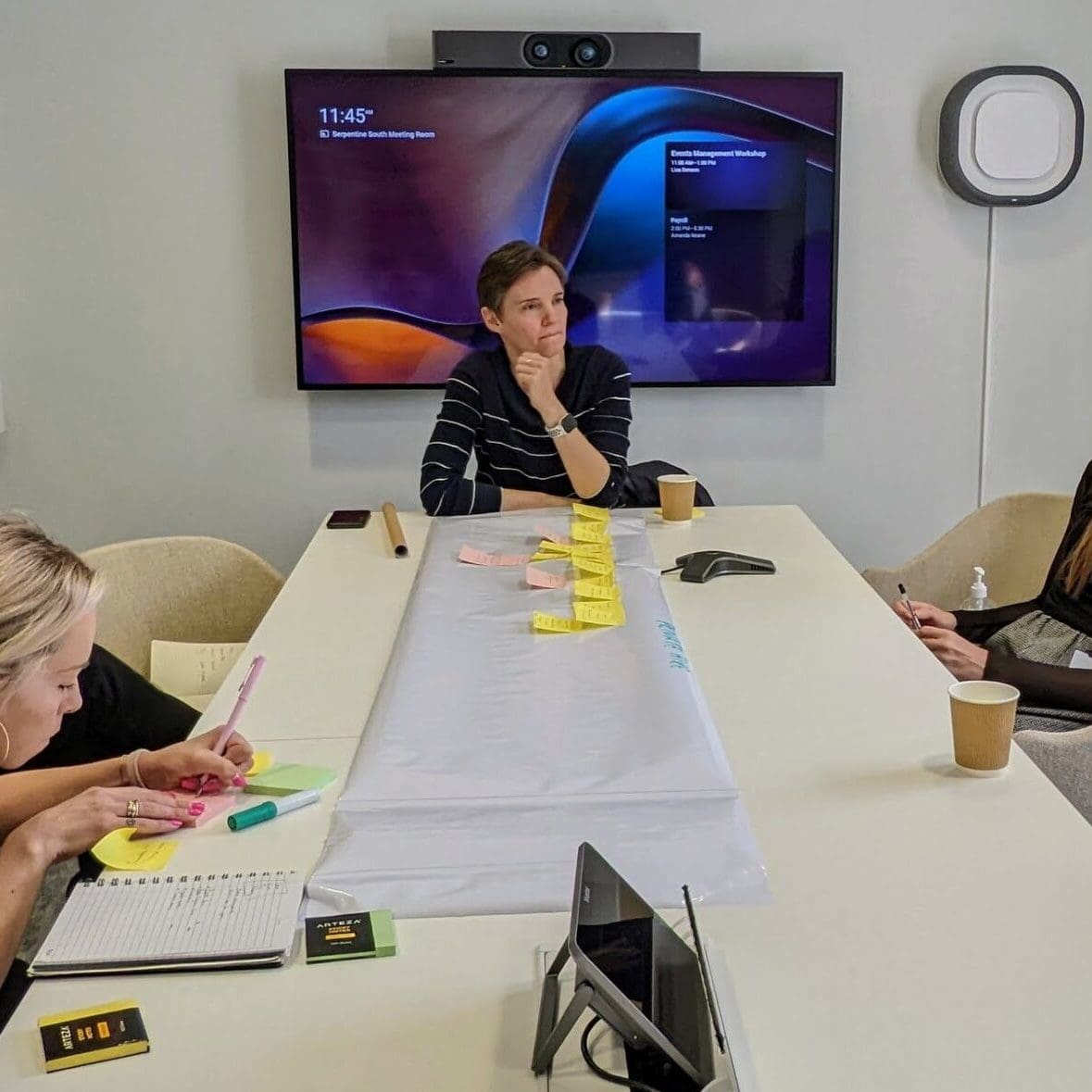The Importance of User Testing
By definition “User testing refers to a technique used in the design process to evaluate a product, feature or prototype with real users.”. User testing allows the design team to identify any issues that the user is having using the product, uncover any new opportunities based on testing results and learn about the target audience’s behaviours and preferences.
So why is it such an important stage of the design process, and what benefits can it bring to your organisation?
When developing a new product, system, feature or prototype, the most important thing to remember is that it’s being built for the user. The user, or customer, is the person who will be using the product so finding out how they will be using it is invaluable.

If ‘the customer is always right’, why not create a product or service that really does meet the needs of the customer from the outset? If you do, you’ll save time, money, and resources further down the line.
Have you ever worked on something and wondered if you should carry out some sort of testing? If you have, the answer is, most certainly, YES. There’s no product or service that shouldn’t be tested by real-life users. They’ll show you any pain points and problems that they run into and highlight things that you didn’t already know.
The sooner you start testing, the better. Testing early, and regularly, will mean that you can resolve any issues early on in the design process, saving you time and resources further down the line. This is because you can make sure each aspect of your product is working as best as it should do for your users from the earliest stage in the design process.
User testing doesn’t have to be an expensive research method and can be carried out on a very small budget. In-person testing can give you the great results, but testing remotely using Zoom, Teams, Skype, etc, can also work. For example, you could be testing a new website. You have the tester join a Zoom call and ask them to share their screen, from there you can record the session (make sure you get their permission first), set them a task, and watch how they complete the task. Ask them to narrate their actions and tell you why they are navigating as they are. You’ll get a far better understanding of how a real-life user is using your website.
What is it good for? Absolutely everything
User testing gives you an unbiased opinion about your product or service and how the user will be using it. It also gives users the opportunity to challenge any assumptions that have been made in the design process. The design team may have created the best-looking data capture form that looks fantastic and they think they ask all of the questions that they need, but user testing allows real users to feedback on these presumptions and gives you the opportunity to see and hear how improvements can be made.
There are so many benefits that come from user testing, I’ve narrowed these down to my four favourites:
- Improved results – Testing early and a lot will ensure that the final product meets the needs of the user. Making changes based on this testing will mean it’s more likely that the user will complete the action that you want them to complete.
- Reduce costs – User testing doesn’t have to cost a lot but making lots of changes to your product further down the line will. There will always be ways to improve a product and using testing feedback correctly will make sure you are in the best place to go live.
- Challenge assumptions – As a UX designer, there are many design assumptions that I make in early prototyping that I think are great. Part of being a UX designer is to listen to the user and learn their needs. You must be open to accept change and understand that when you assume, you can make an ass out of u and me.
- Unbiased perspective – When you work on anything, it’s often hard to look at it without bias and think about it too closely. What you want, or what your friend wants, might not be the same as what the real-life users want. User testing gives you a superpower to see your work through the eyes of the user.
Test early & test often
Last year we worked on a project with an international organisation to develop their grant application forms. This grant-making organisation gives out grants across different countries so targeting each audience within one application form can be quite challenging. Of course, user testing, with real-life potential applicants, across different geographical areas, helped us address areas and questions within the form that could become challenging.
One question within the application process became a real ‘banana skin’ for users. When applying for one of their grants, the applicant is asked to share financial information and ‘relevant quotes for work’. This is something that initially we considered straightforward to an applicant and that this wouldn’t be an area of concern.
During the user-testing stage of the project, in which we sat down with X test applicants from various geographical locations, it became apparent that the term ‘quote’ wasn’t as universally versed as we had assumed. Users thought that they were expected to add spoken quotes that they had received from their beneficiaries, rather than upload copies of financial quotations.
We worked with the testers, and the organisation to figure out wording that would work across all applicant groups and found that asking applicants to give any “Cost estimates” gave us the correct responses that we were looking for.
It may seem obvious, but these errors are extremely common and without user-testing, these misconceptions often go live and result in the wrong responses being recorded, application information being inaccurate, and expensive to make changes to further down the line.
We are excited to share our User Testing webinar with you, in which we cover testing methods, who to test with, what to test, finding users, user testing methods, analysing data, and more.






